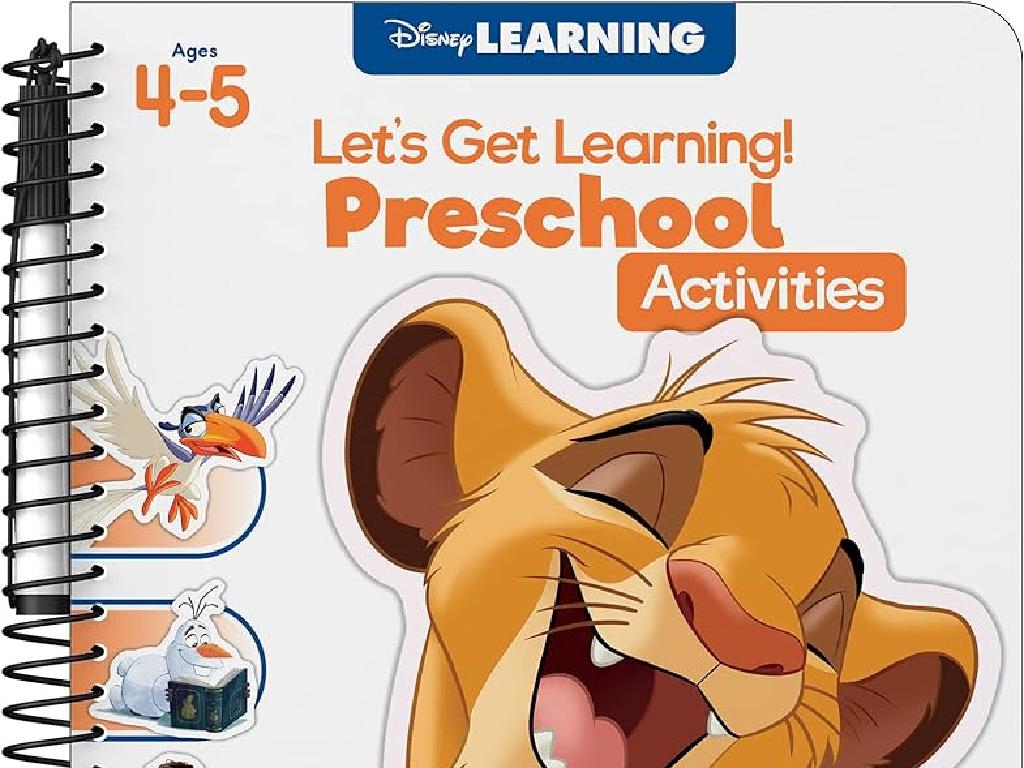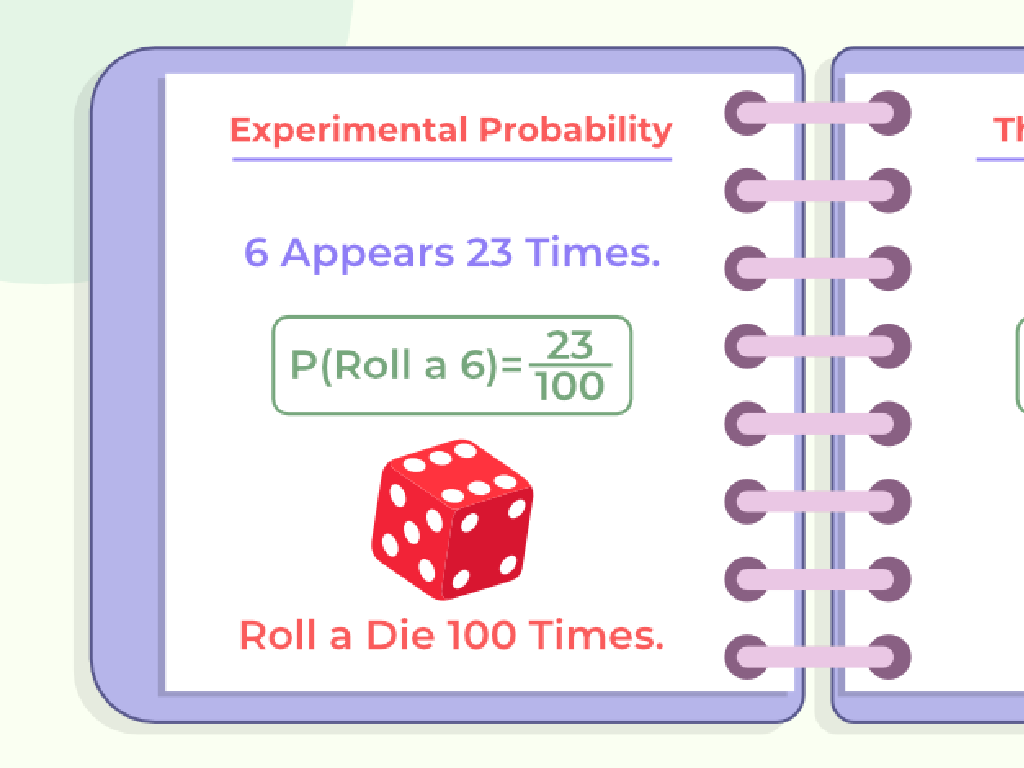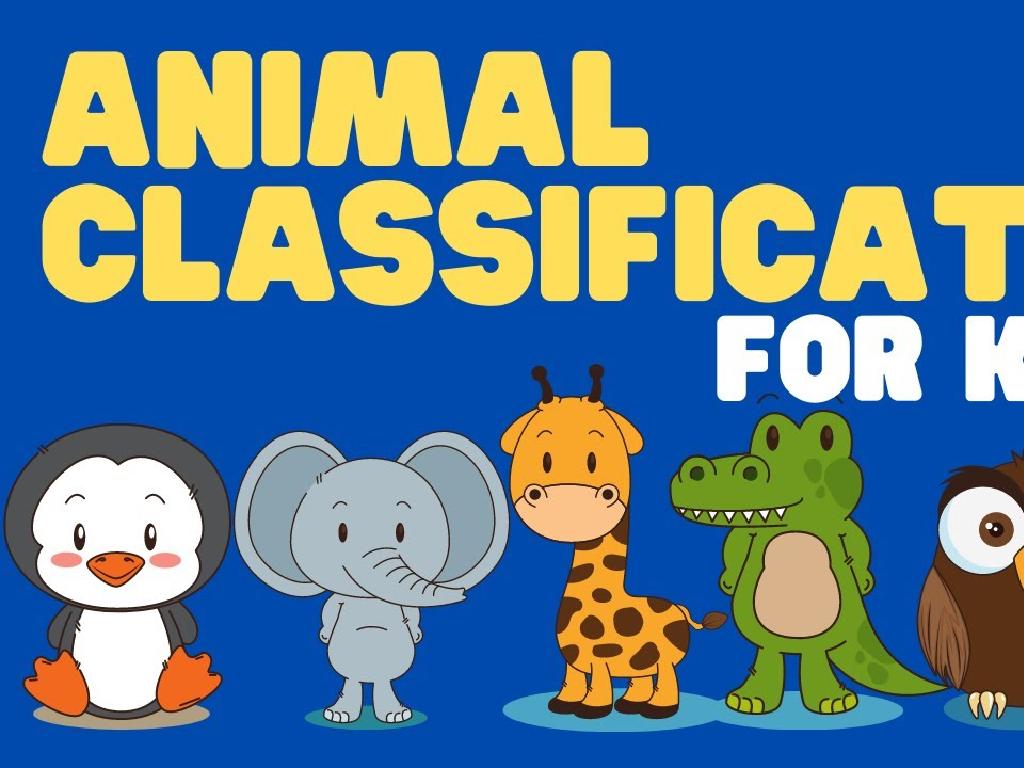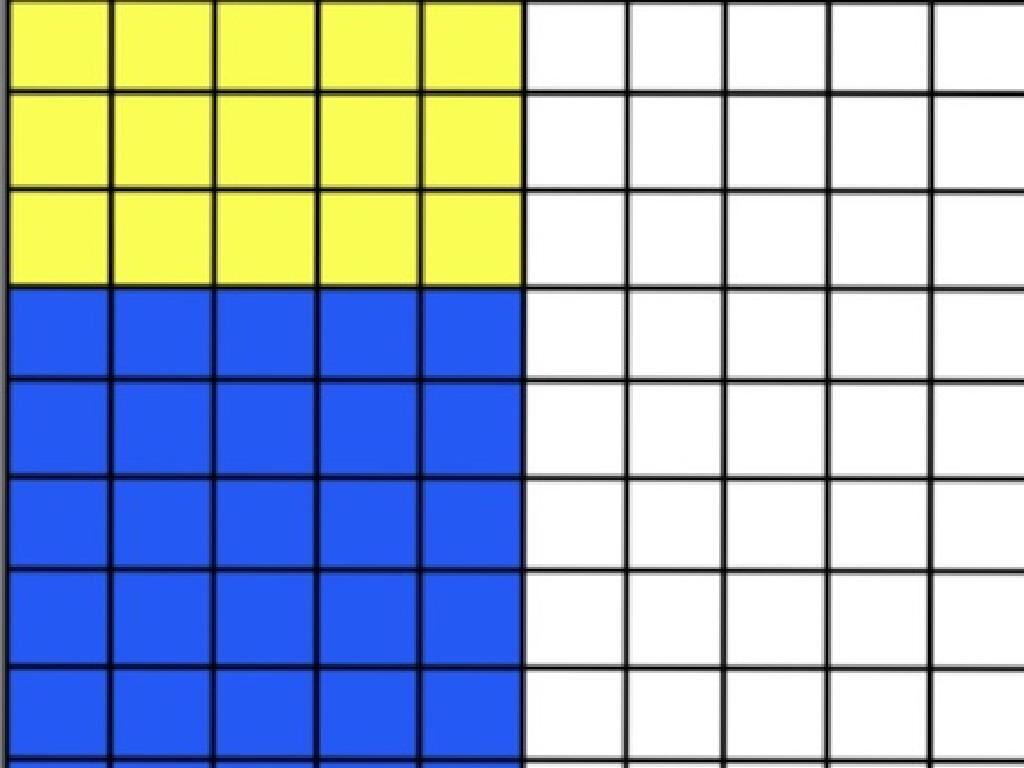Three-Dimensional Shapes Of Everyday Objects I
Subject: Math
Grade: Kindergarten
Topic: Shapes In The Real World
Please LOG IN to download the presentation. Access is available to registered users only.
View More Content
Exploring 3D Shapes Around Us!
– Greet our little learners
– Today’s adventure: 3D shapes!
– What 3D objects do you know?
– Can you name some things that are shaped like a ball or a box?
– Let’s find shapes in objects!
– We’ll look at items and guess their shapes!
|
Begin the class with a warm and welcoming smile to create a friendly atmosphere. Introduce the concept of three-dimensional shapes by explaining that unlike flat shapes, 3D shapes have depth. Encourage the children to think about and name familiar objects that have 3D shapes, such as balls (spheres), boxes (cubes), and cans (cylinders). Use this opportunity to assess their prior knowledge and get them excited about discovering these shapes in everyday objects. Prepare a selection of common items to show and discuss in class, and plan interactive activities where students can handle and explore various 3D shapes.
Exploring 3D Shapes Around Us
– 3D shapes have 3 dimensions
– They have length, width, and height
– Examples: cube, sphere, cylinder
– Cube like a dice, sphere like a ball, cylinder like a can
– 3D vs 2D: cubes not squares!
– 3D shapes are chunky, 2D shapes are flat
– Find 3D shapes in the classroom
– Look for real objects that match these shapes
|
Introduce the concept of 3D shapes by explaining that unlike 2D shapes, which have only length and width, 3D shapes also have height, making them solid objects they can hold. Use tangible examples like a dice for a cube, a ball for a sphere, and a can for a cylinder to help them visualize. Compare these with flat 2D shapes like a square, circle, and rectangle to highlight the difference. Encourage the children to explore the classroom for everyday items that resemble these 3D shapes to reinforce their understanding and make the learning experience interactive.
Discovering 3D Shapes Around Us
– Find 3D shapes in a room picture
– Cube: box or dice
– Cubes have 6 equal square faces
– Sphere: ball or orange
– Spheres are perfectly round, like a basketball
– Cylinder: can or cup
– Cylinders have 2 circle bases and a curved side
|
This slide is designed to help Kindergarten students recognize and relate three-dimensional shapes to everyday objects. Start by showing a picture of a room with various items and ask the students to identify shapes they see. Explain that a cube, like a box or dice, has six equal square faces. A sphere is a shape that is perfectly round in every direction, like a ball or an orange. A cylinder has two flat ends that are circles and one curved side, like a can or a cup. Encourage the children to think of other objects that match these shapes to reinforce the concept.
Let’s Play a Matching Game with 3D Shapes!
– Match 3D shapes with objects
– Cube goes with block
– Like the blocks we stack
– Sphere goes with ball
– Like the balls we roll
– Cheer each other on!
|
This interactive game is designed to help Kindergarten students recognize and match three-dimensional shapes with everyday objects. Use physical props like a cube-shaped block and a spherical ball to demonstrate. Encourage the children to participate by picking up a shape and finding the matching object. Praise them for correct matches to reinforce learning and build confidence. This activity not only teaches shape recognition but also promotes social interaction and positive reinforcement among peers. Prepare a variety of 3D shapes and corresponding objects to ensure all students have a chance to engage in the activity.
Building with 3D Shapes
– Shapes build our world
– Watch a fun building video
– See how different shapes make structures
– How shapes stack together
– Some shapes stack well, like cubes
– Shapes fitting together
– Shapes like spheres don’t stack but roll
|
This slide is designed to help Kindergarten students understand the concept of three-dimensional shapes and how they are used in building and construction. Start by explaining that the world around them is made up of different shapes. Show a video of children using blocks of various shapes to build structures, which will visually demonstrate how shapes can be used creatively. Discuss how certain shapes like cubes and rectangular prisms stack easily, while others like spheres and cones may not stack but have other unique properties. Encourage the children to think about how different shapes fit together and why some are better for building than others. After the presentation, provide blocks for the children to experiment with stacking and fitting shapes together.
Fun Facts About 3D Shapes
– Spheres can roll, cubes can’t
– Like a ball is a sphere and rolls, but a dice is a cube and doesn’t roll.
– Unique buildings with 3D shapes
– The pyramids in Egypt are giant triangles!
– Have you seen these buildings?
– 3D shapes are everywhere!
– Look around to find cylinders, cones, and cubes in your room!
|
This slide is designed to engage Kindergarten students with the concept of three-dimensional shapes in a fun and interactive way. Start by explaining that shapes like spheres and cubes are called 3D shapes because they have depth, unlike flat shapes. Use a ball to demonstrate how a sphere can roll and a box to show that a cube doesn’t. Show pictures of unique buildings like the pyramids or spherical domes and ask students if they’ve seen any similar structures in real life. Encourage them to observe their surroundings and identify 3D shapes they see every day, such as cans (cylinders), ice cream cones (cones), and boxes (cubes). This will help them connect the concept of 3D shapes to their everyday experiences.
Class Activity: Shape Hunt!
– Understand the Shape Hunt activity
– Walk around to find 3D shapes
– Look for cubes, spheres, cylinders, and more
– Identify 3D objects in class
– Is it a box (cube) or a ball (sphere)?
– Share your shape discoveries
– Tell us about the shapes you found
|
This interactive activity is designed to help Kindergarten students recognize and identify three-dimensional shapes in their immediate environment. Teachers should explain the activity clearly, demonstrating how to match common classroom objects with 3D shapes like cubes, spheres, and cylinders. Encourage students to walk around the classroom and look for objects that resemble these shapes. Once they have found an object, they should be able to say what shape it is and why. After the hunt, each student will have the opportunity to share their findings with the class, reinforcing their understanding and ability to communicate their observations. Possible objects to identify could be a block as a cube, a ball as a sphere, a can as a cylinder, etc. This activity promotes active learning and engagement with geometry in a fun and tangible way.
Shapes Around Us: A Fun Review
– Recap 3D shapes we learned
– Cubes, spheres, cones, and cylinders
– Match shapes with everyday objects
– Can you name a ball or a box?
– Celebrate our shape detectives
– Great job finding shapes in the room!
– Get ready for more shape adventures
|
This slide is meant to conclude the lesson on three-dimensional shapes. Start by recapping the shapes discussed in the lesson: cubes, spheres, cones, and cylinders. Engage the students by asking them to name objects in the classroom or at home that match each shape, reinforcing their ability to identify these shapes in their environment. Praise the students for their hard work and discoveries throughout the lesson, fostering a sense of accomplishment. End with a teaser for the next lesson to keep them excited about learning more about shapes. Remember to use positive reinforcement to celebrate their participation and understanding.






